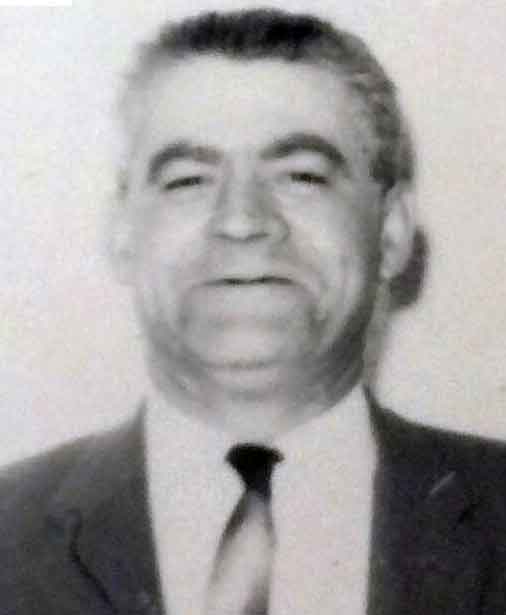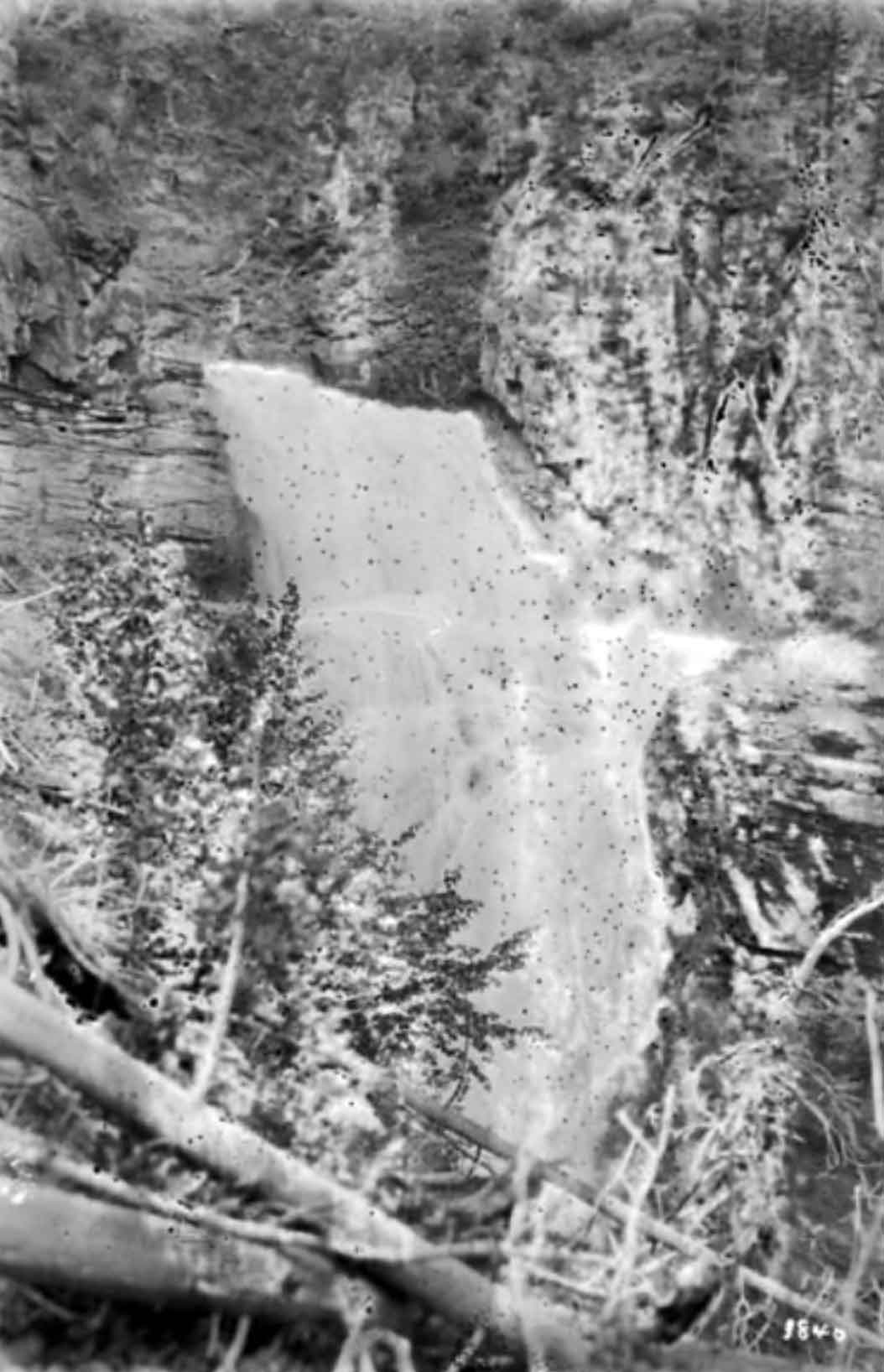Flows E into Canoe Reach, Kinbasket Lake
52.4333 N 118.7333 W — Map 83D/7 — Google — GeoHack
Name officially adopted in 1974
Official in BC – Canada
“Up, up we toiled, winding round crags, in and out piles of windfall, over hummocks of rocks, through furiously boiling creeks and innocent-looking muskegs…. All topics of conversation had long been exhausted; dead timber and a windfall-strewn trail, with their pitfalls and dangers, are not conducive to comment, except of a querulous character. ” Frederick Arthur Ambrose Talbot [1880–1924] wasn’t referring to this creek, but almost every early traveller to the region had to fight windfall.
- Talbot, Frederick Arthur Ambrose [1880–1924]. The new garden of Canada. By pack-horse and canoe through undeveloped new British Columbia. London: Cassell, 1911. Internet Archive

